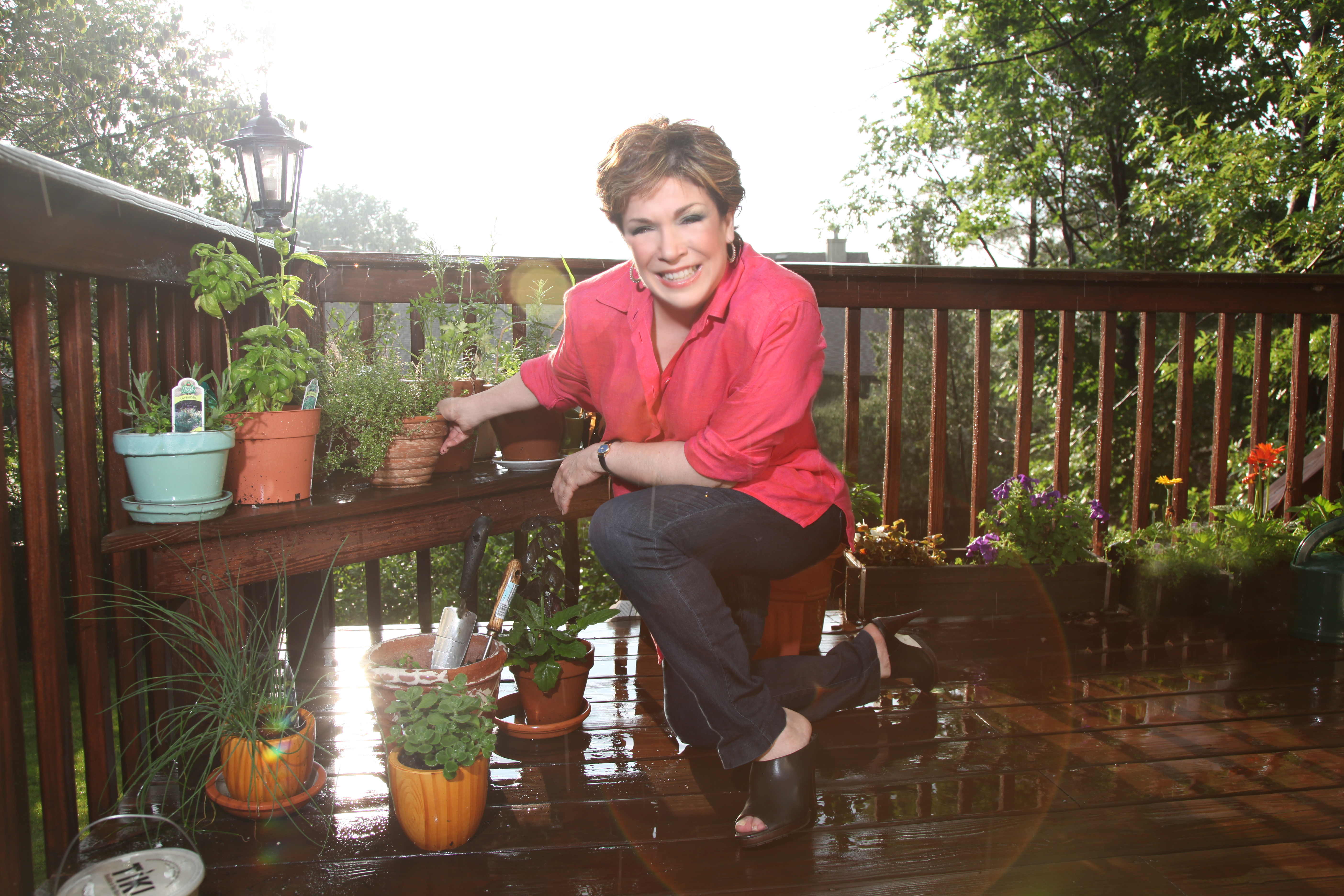Living in the northeast, the weather is a challenge for avid gardeners like me. We have four seasons, and summer really boils down to a scant three months. By spring I am ready with my gardening tools and soil, ready to make the most of a warm day. Through the years I have planted squash, tomatoes, cucumbers, zucchinis, peppers, lemongrass, taro root, garlic, and an array of herbs. Even now, as an apartment dweller, you will find fresh tomatoes, cilantro, basil, flat-leaf parsley, chives, thyme, tarragon, rosemary, and mint – peppermint, spearmint, apple mint, even chocolate mint (which is great for desserts, by the way). Did I say I love fresh produce?
As we were taught in school, most vegetables are naturally low in fat and calories, and they are important sources of many nutrients, including potassium, dietary fiber, vitamin A, and vitamin C. In addition, a diet rich in vegetables (and fruits) – like the DASH nutrition plan – may reduce the risk for heart disease, including heart attack and stroke, obesity, and type 2 diabetes.
But fresh, seasonal produce offers so much more. For starters, the flavor can’t be beat. Seasonal produce grown in optimal conditions is bursting with flavor and it is fresher, simply because it reaches you so soon after being harvested. I love creating meals using whatever is in season. Just think of sliced, juicy tomatoes with olive oil or a salad of fresh herbs with a lovely vinaigrette in the heat of the summer. Or roasted pumpkin soup on a chilly autumn night. Simple, easy, and heavenly.
And, if you grow more than you can eat, it’s easier than you think to preserve your excess and literally enjoy the fruits of your labor all year round. Canning is one option, but you can also freeze most vegetables and herbs!
Of course, not everyone has the time, space, or patience to grow their own produce. Here in New York, the Greenmarket Program has a two-fold mission: to promote regional agriculture by enabling small family farms to sell their locally grown products directly to consumers, and to ensure that all New Yorkers have access to fresh, nutritious locally grown food. Find out more about the Greenmarket Program here: https://www.grownyc.org/greenmarket
And if all that’s not enough to get you to make some simple switches in your diet, consider this: In-season foods save you money. Enjoy summer’s plentiful bounty!
 For the salad:
For the salad:
Green Leaf or Red Leaf Lettuce, rinsed and chopped
Half a bunch of watercress
Half a bunch of parsley
Half a bunch of cilantro
Half a bunch of spinach
4 tomatoes, cut in wedges
Strip the leaves off the herb stems and toss in cold water. Discard stems. Pat dry with paper towel or use a salad spinner to get rid of any remaining water.
Basic vinaigrette:
3 tablespoons oil (extra virgin olive oil, canola or vegetable oil)
1 tablespoon vinegar (white wine, apple cider, rice, or your favorite vinegar. You may also use lime or lemon juice)
Pinch of salt and black pepper
Directions:
Whisk the oil and vinegar with salt and pepper in a small bowl until all of the ingredients come together.
Toss greens with vinaigrette. Add tomatoes.

